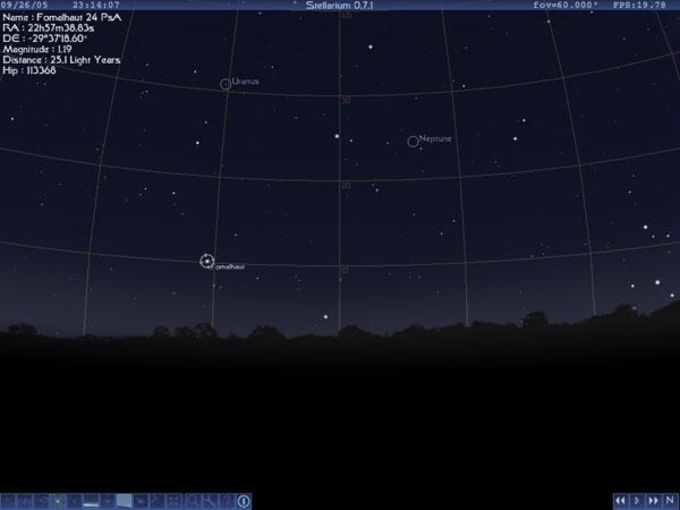
The ‘Add City to List’ button seems to suggest that you can create a list of cities to quickly switch to, but alas, this is not so. You’re not stuck with that, but can quickly select any location on the planet from Settings > Geographic. Then every time you start KStars it will default to your location. When you run it for the first time it asks you to select your city, or a city close to you. KStars supports several databases containing over 140,000 stars, deep-sky objects, comets and asteroids, constellations, and the solar system. It has some KDE dependencies, and KDE4 applications are just like KDE3 applications: they run fine in any Linux graphical environment as long as all of their dependencies are installed. It’s reasonably lightweight for a planetarium program and doesn’t need a super-duper video card or CPU, though the current release includes experimental OpenGL support. So let’s go back to plan A and take a look at some of the top-quality stargazing applications for Linux: KStars, Celestia, and Stellarium. So that shot my carefully-crafted writing schedule all to heck (as usual) but I had fun anyway (as usual). Then I found telescope controllers, SETI clients, SBIG CCD camera controllers (for astro-photography), ephemerides, astronomical image-processing, and Earth modelers.

Originally I wanted to highlight three or four of the best Linux stellarium or planetarium applications. When I started writing this article I tripped over the same speed bump I hit so often with Linux and FOSS - what seemed simple and straightforward turned into a feast of riches. You don’t have to pick just one, so I recommend trying all three.
Stellarium keyboard shortcuts full#
Each one is crammed full of pretty eye candy and scientific goodness, and each one is distinctly different. There are three superior Linux/FOSS stargazing applications: KStars, Celestia, and Stellarium.


 0 kommentar(er)
0 kommentar(er)
